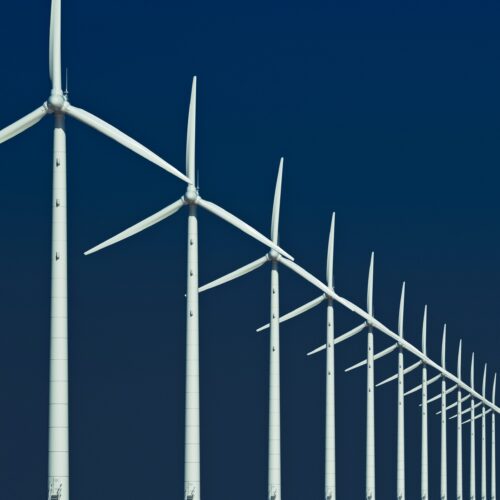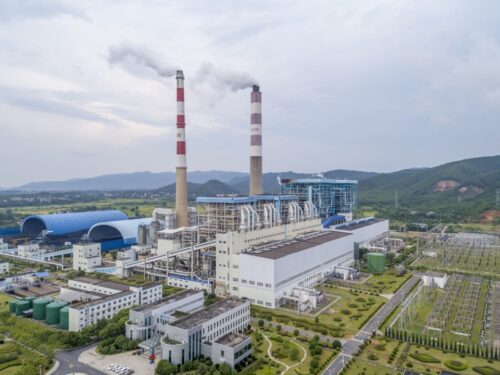Advanced Compressed
Air Energy Storage
Using a simple combination of air, water, and underground hard rock caverns, our patented A-CAES technology allows grid operators and large energy users to draw on clean energy, even when there is no sun to fuel solar panels and no wind to generate energy from turbines.
Compress air
using electricity
Off-peak or surplus electricity from the grid or a renewable source is used to run a compressor, producing heated compressed air.
Capture heat in above
ground thermal storage
Heat is extracted from the air and stored in a proprietary thermal storage tank preserving for use later in the process. Saving the heat increases efficiency and eliminates the need to use fossil fuels during discharge.
Store compressed air
in hard rock caverns
The cool compressed air is then stored in a purpose-built underground hard rock cavern which uses a water head to enhance land density and maintain the system at a constant pressure.
Convert compressed air
to electricity on demand
When energy is needed, the water head weight is released and with the help of gravity, air is pushed to the surface where it is recombined with the stored heat and expanded through a turbine to generate electricity on demand.
A-CAES benefits
Low cost, long life
- Low installed cost per kWh for large-scale, long-duration energy storage (100+ MW)
- 50+ year lifetime
- Low operating costs, and increased efficiency over existing CAES systems
Emission free operation
- Heat is extracted from the air and stored for later use
- This increases process efficiency and eliminates the need to use fossil fuels to generate electricity during discharge
Locate where needed
- Proprietary purpose-built hard-rock caverns allow for flexible project siting
- No need for salt caverns, like traditional CAES or pumped hydro
Proven equipment and supply chain
- Established mechanical equipment from leading suppliers is matched with seasoned engineering expertise, system warranty and delivery guarantees
Customized systems design
- Highly scalable system design to match client requirements, with independent settings for charge, discharge and storage capacity
- Ability to provide incremental capacity (MWs) and duration (MWh) in the future on a cost-effective basis with limited downtime as system needs change over time
Ancillary services
- Synchronous motors and generators provide rotational inertia supporting existing operators know how to support grid stability
- Full suite of ancillary services available including voltage support, spinning reserve, black start and frequency response
Use cases
Get in touch
Get in touch
333 Bay Street, Suite 520
Toronto Ontario M5H2R2
Canada
(416) 548-7880
1125 17th Street, Suite 700
Denver, Colorado 80202
USA
Level 10, 420 St.Kilda Road
Melbourne, Victoria 3004
Australia
Tenancy 8/6 MAB Eastern Prom
Tonsley SA 5042
Australia
The Goderich Energy Storage Centre is our first commercial A-CAES facility
Entirely fuel-free, the plant produces zero greenhouse gas emissions, and helps enable a cleaner, more affordable, and more flexible electricity grid.
With 1.75 megawatts (MW) of peak power output; a 2.2 MW charge rating; and 10+ megawatt-hours (MWh) of storage capacity, this utility-scale commercial application of A-CAES technology is a significant achievement, conforming to all interconnection, uptime, performance and dispatch standards as set out by the IESO.
Hydrostor’s Goderich energy storage facility proves out the ability of Hydrostor’s A-CAES technology to fully participate in and deliver a range of valuable grid services to electricity markets.
Validated performance characteristics
Contributing to deeper understanding of commercial A-CAES facilities at utility scale, corroborating performance and operational metrics, and supporting research in partnership with regional academic institutions.
Electricity grid
Facility is fuel free, enabling the province to utilize surplus baseload electricity as a fuel source to provide cost-effective and valuable generating capacity for Ontario.
Economic
Supporting economic diversification in cleantech alongside significant construction expenditures and related jobs within the community.



